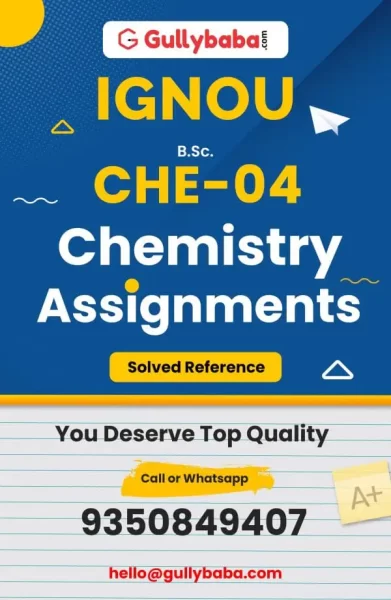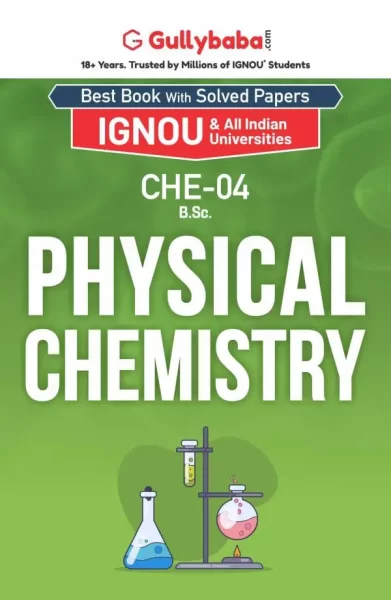-
Sale!
CHE-04
Physical Chemistry
Original price was: ₹200.00.₹100.00Current price is: ₹100.00.Bought by : 3371 StudentsIn Stock Only 0 left ! -
Sale!
CHE-01 + CHE-02 + CHE-04 + CHE-05
IGNOU B.Sc. Chemistry Combo
Bought by : 3965 StudentsIn Stock Only 0 left ! -
Sale!
CHE-04
Physical Chemistry
Bought by : 3118 StudentsIn Stock Only 0 left !






